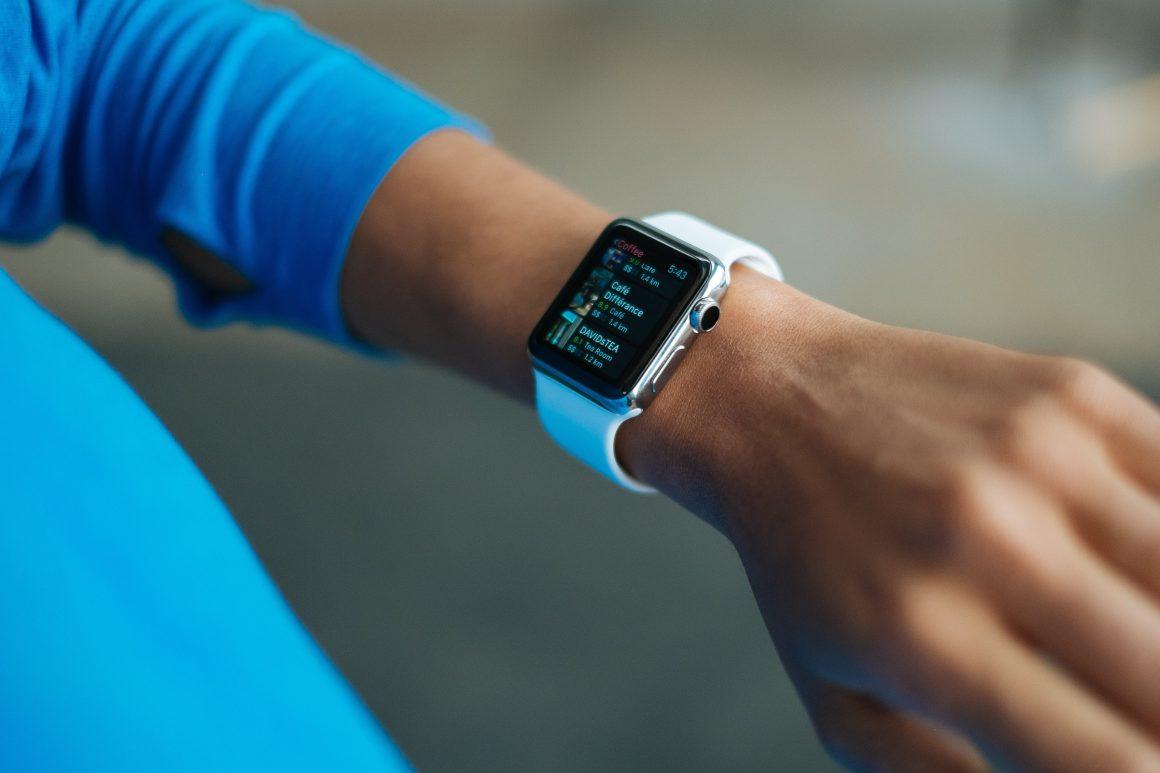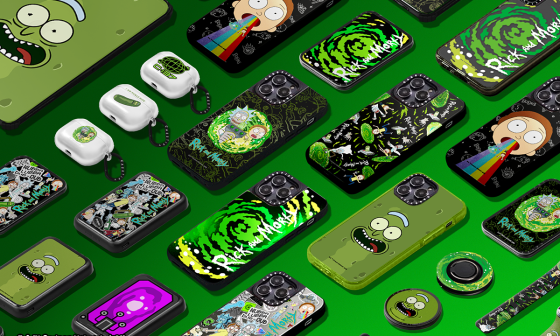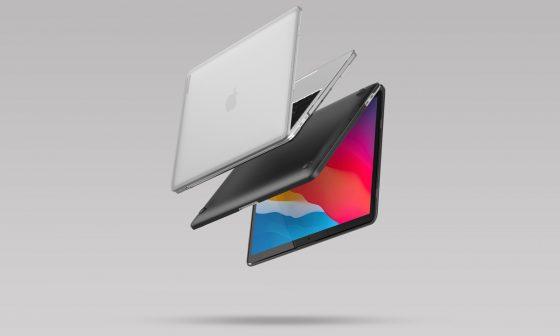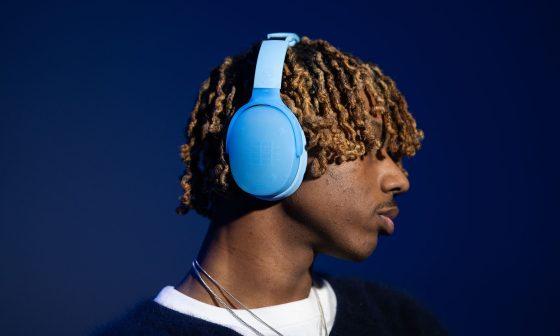In an era where technology seamlessly integrates into our daily lives, wearable tech has become a beacon of the future – a future where convenience, health, and connectivity converge in the gadgets we wear. The evolution of wearable technology is not just a fleeting trend; it’s a glimpse into a future where our clothes, accessories, and even our bodies are more connected than ever before. But what does this future look like? As we stand on the brink of innovative breakthroughs, let’s delve into the trends and predictions shaping the landscape of wearable technology.
The Integration of Advanced Health Monitoring Systems
One of the most significant trends in wearable tech is its growing role in healthcare. Advanced health monitoring systems are becoming increasingly sophisticated, capable of tracking a wide range of vital signs and health metrics. From smartwatches that monitor heart rate and sleep patterns to clothing embedded with sensors that track respiratory rate and body temperature, wearable technology is revolutionizing how we manage our health. These devices offer real-time data that not only helps individuals make informed health decisions but also provides valuable insights for medical professionals. Wearables are advancing to potentially detect early signs of illnesses, track the progression of chronic diseases, and even monitor mental health indicators. This evolution marks a significant step towards proactive, personalized healthcare, empowering individuals with the tools to better understand and manage their health.
Enhanced Connectivity and User Experience
As wearable tech becomes more prevalent, its integration with other technologies is a key focus. Enhanced connectivity means these devices will not operate in isolation but will interact seamlessly with other smart devices, creating a more holistic user experience. Imagine a world where your smart glasses can receive notifications from your phone, or your fitness tracker automatically adjusts your home’s thermostat based on your body temperature. This interconnectedness extends to problem-solving for everyday tech challenges. For instance, if you’re facing issues like your magic mouse not showing up in bluetooth, solutions are readily available through comprehensive guides like those found on Setapp.
The Rise of Fashion-Forward Wearables
The future of wearables is not just about functionality; it’s also about style. The fusion of fashion and technology is leading to more aesthetically pleasing designs that appeal to a broader audience. Designers are working alongside tech companies to create wearables that are not only high-tech but also high-fashion. This trend is vital for widespread adoption, as it addresses one of the significant barriers to wearable tech – the reluctance to wear devices that don’t align with personal style preferences. Emerging trends include smart jewelry and customizable watch faces, blending seamlessly with fashion statements while providing tech utility. This development is critical in moving wearables beyond the niche market of tech enthusiasts, making them appealing accessories for the fashion-conscious individual.
Increased Focus on Personalization and Accessibility
Personalization is a growing trend in technology, and wearable tech is no exception. Future devices will offer more personalized experiences, adapting to the user’s lifestyle, preferences, and needs. This includes everything from customizable interfaces to devices that learn and predict user behavior. Additionally, there’s an increasing emphasis on making wearable tech accessible to people with disabilities, ensuring that these innovations benefit everyone, irrespective of their physical abilities. Voice commands, haptic feedback, and adjustable display settings are examples of features being developed to cater to diverse user requirements. These advancements are crucial in democratizing technology, ensuring that wearable devices are not just for the few but are adaptable and usable by a wide spectrum of society.
Sustainable and Ethically Produced Wearables
As awareness around environmental issues grows, the demand for sustainable and ethically produced wearables is increasing. Consumers are becoming more conscious of the impact their purchases have on the environment. In response, manufacturers are exploring eco-friendly materials and production methods. This shift is not just about reducing the environmental footprint; it’s also about creating a positive social impact by ensuring fair labor practices and ethical sourcing of materials. Initiatives like recycling old devices, using biodegradable materials, and reducing packaging waste are gaining traction. This approach is not only environmentally responsible but also resonates with consumers who are increasingly looking to support brands that align with their values of sustainability and ethical responsibility.
Conclusion: Embracing a Connected Future
Wearable tech’s future is not simply a tale of technological progress; it is in fact the story of how we, as a culture, will engage with technology on an increasingly intimate and all-encompassing level. It is about the four aspects of health, style, personalization and sustainability coalescing in our daily wears. In accepting this globally connected future, we welcome a world that is more well-informed, more fashionable, and one which takes into account the wants of both the person and also our planet. Wearable technology doesn’t only affect the way we lead our lives but also who we are. This evolution is not just about the devices we use, it’s about building a more interdependent, compassionate and vigorous nation. By integrating technology into our daily lives, we are opening a window where the side of technology becomes a bridge to an integrated, healthy and sustainable living.






